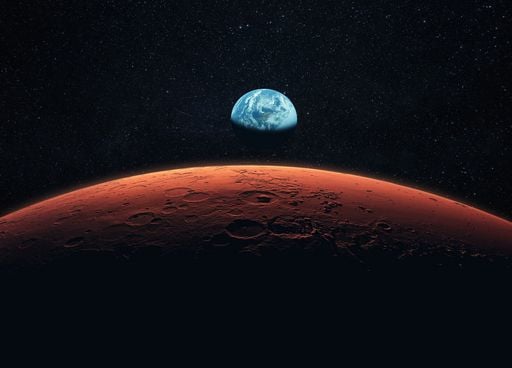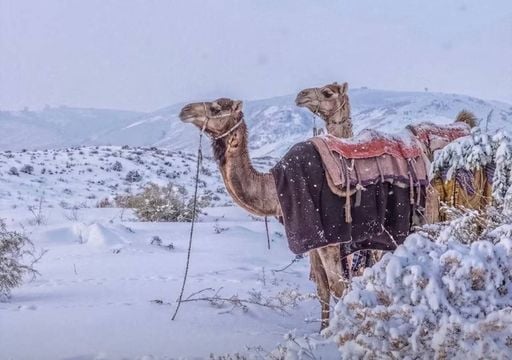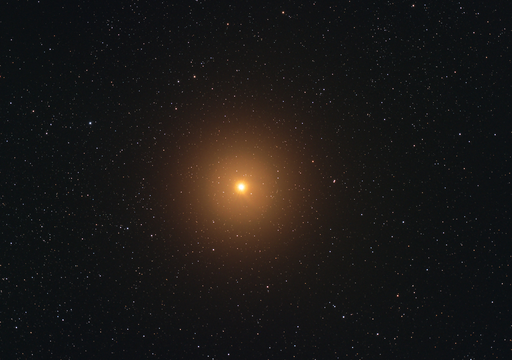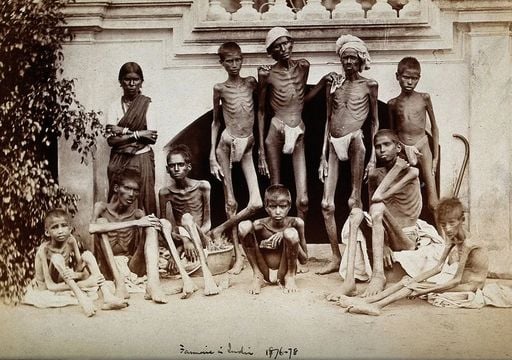Massive Calving Event on the Perito Moreno Glacier in Argentina! A Huge Mass of Ice Collapsed Into the Lake
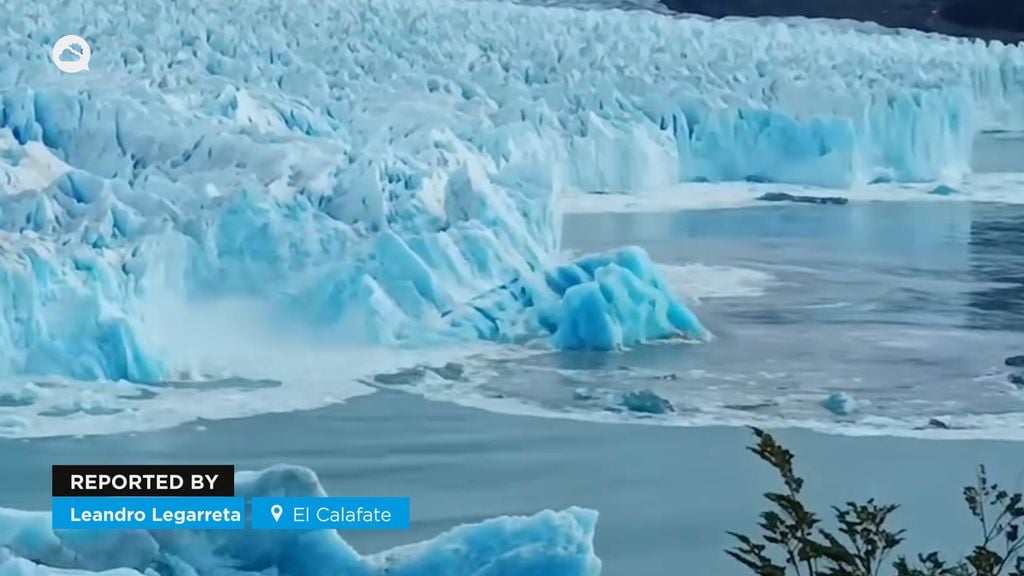
Glacier calving is natural, but its frequency is increasing as a result of global warming. Scientists monitor the glacier to study these changes.
The stunning images of the massive calving event in Argentina are making headlines around the world! The icy crash occurred around 5:00 p.m. on June 5, 2025, catching the attention of a park ranger at the Los Glaciares National Park, who managed to capture the dramatic moment at the famous Perito Moreno Glacier.
The video shows the exact moment the rupture takes place, as massive chunks of ice come crashing into the lake with titanic force. So far, authorities have not reported any major damage, but the area remains under expert surveillance in case of further collapses.
The unpredictable phenomenon has sparked curiosity and concern among enthusiasts and experts alike, especially since calving events have increased at this glacier in recent weeks—one of the most important worldwide in this regard.
According to a study published in the journal #Nature by the University of Zurich earlier this year, it was discovered that between 2000 and 2023, glaciers had lost about 5% of the #ice they once contained. pic.twitter.com/idPrCOIOYI
— Marlenne | Meteorología ️ (@chicadelclimamx) March 22, 2025
Is a Glacier Calving a Bad Sign?
The answer may be conflicting for many, since glacier calving events are considered part of their natural behavior. However, the increased frequency of these events and signs of accelerated deterioration confirm that yes, today it is a bad sign.
According to reports from the World Meteorological Organization and the IPCC in 2023, glaciers are losing mass at an accelerating rate, which means they are melting. This is one of the most critical and well-documented effects of global warming.
In 2024 alone, at least 19 regions around the world experienced significant glacier loss. If this trend continues, by the end of this century we could lose most glaciers worldwide. This, without a doubt, is one of the greatest threats humanity may face.
That’s why 2025 has been declared the International Year for Glacier Conservation, aiming to raise awareness about their importance for climate balance and the urgent need to take collective action to curb global warming.
Is the Perito Moreno Glacier at Risk Too?
Unfortunately, the recently captured calving event is just one of many recorded in the region in recent weeks. Until a few years ago, this glacier was one of the few in the world that showed signs of mass balance and minimal retreat compared to others.
But in 2023, various signs such as the collapse of large ice sections and the appearance of a sinkhole in the glacier's northern area, suggested it had begun a process of retreat.
To this day, ongoing studies and constant monitoring continue by organizations such as the Argentine Institute of Snow Research, Glaciology and Environmental Sciences, and the Environmental Secretariat to determine what changes lie ahead for the icy giant.
